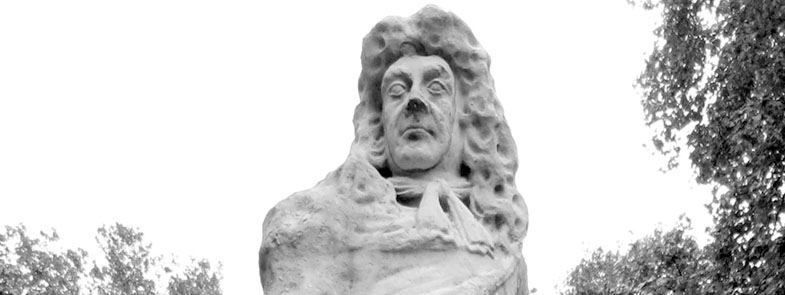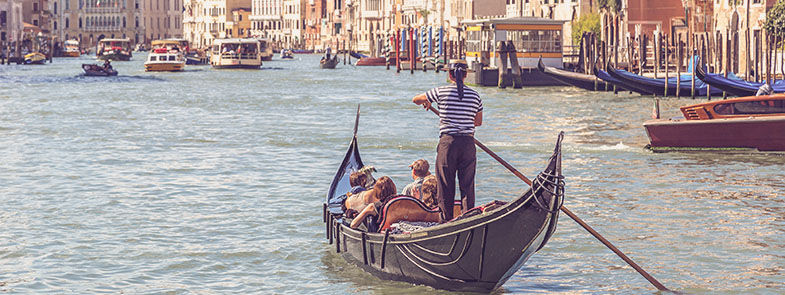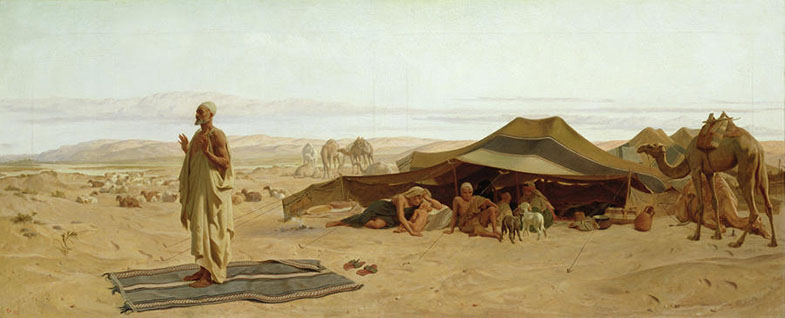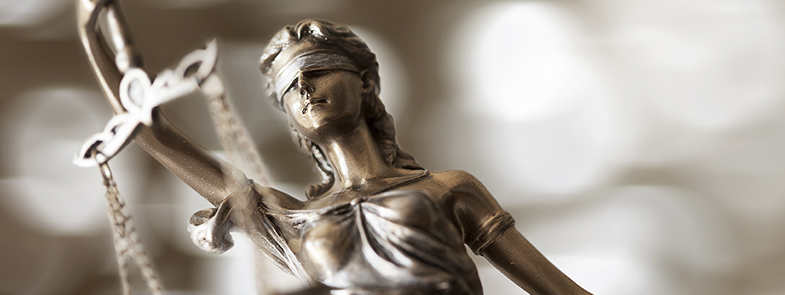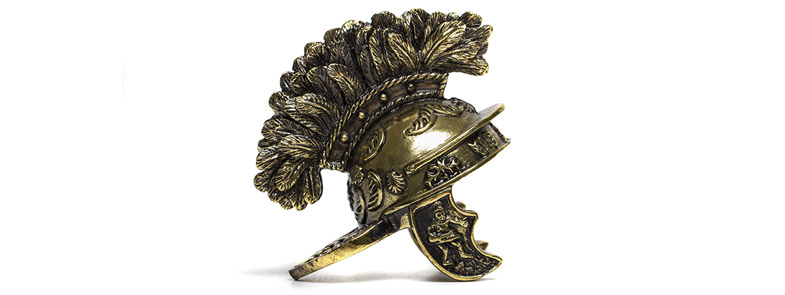The Gilbert & Sullivan collaboration ran from 1871-1896. The duo produced a total of 14 Savoy Operas, but the relationship had reached breaking point, leading them to part company. W.S. Gilbert In the years that followed, Gilbert continued to write, even after he’d announced his retirement from the theatre. Gilbert’s first solo play was in 1897. Entitled ‘The Fortune Hunter’, it unfortunately … Read More
Architecture of the Gothic Revival
Originally, the word ‘Gothic’ was used as a derogatory statement, to illustrate architecture that ‘spoiled’ or ‘ruined’ the look of existing buildings – however, it went on to be a massive influence to the architects of the Victorian era, including the likes of Richard Norman Shaw, who went on to design Grim’s Dyke. The Gothic revival of the 18th and 19th Centuries, started in … Read More
Charles II – from Soho to Grim’s Dyke and back again
Built in the 1670’s, Soho Square was the place to live in London. Originally named King’s Square for King Charles II, it was a highly fashionable place to be and at its centre, was a grand statue of the king. Designed by Danish sculptor Caius Gabriel Cibber, the King Charles II statue formed part of the centrepiece fountain, erected in … Read More
Grim’s Dyke and its historical blue plaque
When you stand outside the main entrance at Grim’s Dyke, look to the left and you’ll see a familiar blue plaque. This historical marker usually commemorates the link between the location and a famous person – although in Grim’s Dyke’s case, our historical marker commemorates not one person, but three! In 1976 The Greater London Council issued Grim’s Dyke with … Read More
Grim’s Dyke Architecture: Norman Shaw
Norman Shaw was commissioned to design a property on the Grime’s Dyke earthworks site, by painter Frederick Goodall in 1872. Known as an urban designer and architect, Shaw played a crucial role in the English Domestic Revival movement. Born in Edinburgh on the 7th May 1831, British architect Shaw worked on both commercial properties and country houses, with styles ranging … Read More
Gilbert & Sullivan’s ‘The Gondoliers’
The twelfth savoy opera written by W.S. Gilbert and Arthur Sullivan was entitled ‘Gondoliers’ (also known as ‘The King of Barataria’). The satire within this opera was firmly focused on two of Gilbert’s fascinations –class distinction and the absurd convergence of natural persons with the legal system. Gilbert avoided major criticism from the British nobility and monarchy, by setting this … Read More
Grim’s Dyke’s History: Frederick Goodall
In 1856, the (then) 170-acre Grime’s Dyke site was bought by renowned artist, Frederick Goodall. The original Grime’s Dyke earthwork ran across the site, so the fosse was dammed at one end, to make an ornamental stretch of water in the grounds. He’d purchased the Harrow Weald land from the Marquis of Abercorn, but was unable to start building a … Read More
Gilbert & Sullivan’s Trial by Jury
In 1868 W.S. Gilbert wrote a one-pace illustrated comic piece for ‘Fun’ Magazine. Entitled Trial by Jury, it drew on his experiences as a barrister and satirised the legal system, spoofing a trial over a ‘breach of promise’ arrangement of marriage. When Gilbert was approached by Carl Rosa, composer and opera manager, in the autumn of 1873 to create a … Read More
The Yeomen of the Guard
The Yeomen of the Guard was one of Gilbert & Sullivan’s darkest and emotionally engaging Savoy operas. The eleventh collaboration was more subdued and, much to Sullivan’s relief, it was human, straight-forward and had no evidence of Gilbert’s usual trademark satire. Set at The Tower of London in the 16th century, The Yeomen of the Guard premiered at The Savoy … Read More
Catuvellauni Tribe and the Dyke
Take a walk around the grounds of Grim’s Dyke and you’ll see what remains of an ancient Dyke running through our woodlands. The Dyke has a long and speculative history. It is said to have originally been built in the 1st Century by the Catuvellauni tribe to defend against the Romans – but that the very people it was built … Read More




